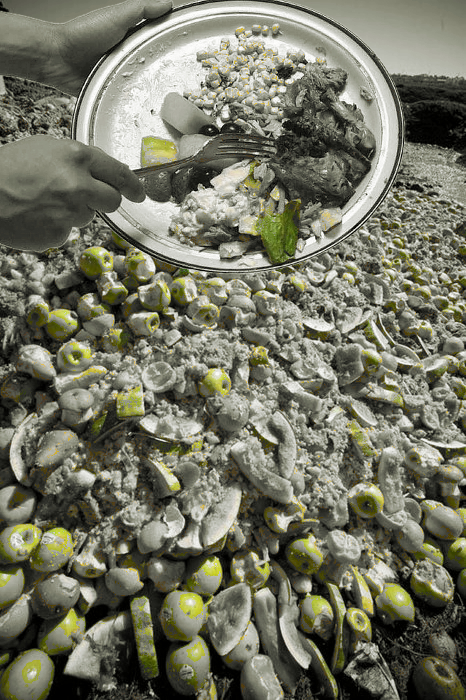Waste split could pay big

A new project is looking at household behaviours regarding food waste, in order to reduce the amount of food sent to landfill.
It is run by several groups that want to promote a circular economy where the nutrients from food waste go back into the compost industry, and ultimately prevent greenhouse gas emissions.
The project is a collaboration between the Fight Food Waste CRC, East Waste, the University of Adelaide, Green Industries SA and sub-contractor Rawtec.
East Waste Chair Fraser Bell says that diverting food waste from landfill represents the a major financial and environmental opportunity for councils.
“Food waste is a valuable commodity and we hope to improve household bin disposal behaviour,” Mr Bell said.
“Through this new research, we will build a picture of the behaviour of our residents, including the levers that can influence positive and sustainable changes in their practices moving forward.”
Professor Wendy Umberger from the University of Adelaide says the project will use micro-waste auditing, ongoing waste disposal monitoring technology including waste-weighing, and novel household surveys to understand behaviour from a broad-section of the community.
“The improved understanding of food waste behaviour will ultimately allow research partners to design efficient programs to reduce household food waste from entering landfill,” she said.
Typically, organic waste constitutes between 30 to 50 per cent of what is placed in household landfill bins for collection.
Australian’s generate 2.3 million tonnes of household food waste each year that currently goes to landfill according to the National Food Waste Baseline report.
“This is a big opportunity for Australians to save money through reducing household food waste, as well as to divert as much unavoidable food waste from landfill,” said Fight Food Waste CRC chief Dr Steven Lapidge.
“Local governments across Australia can learn from this leading research project.”







 Print
Print